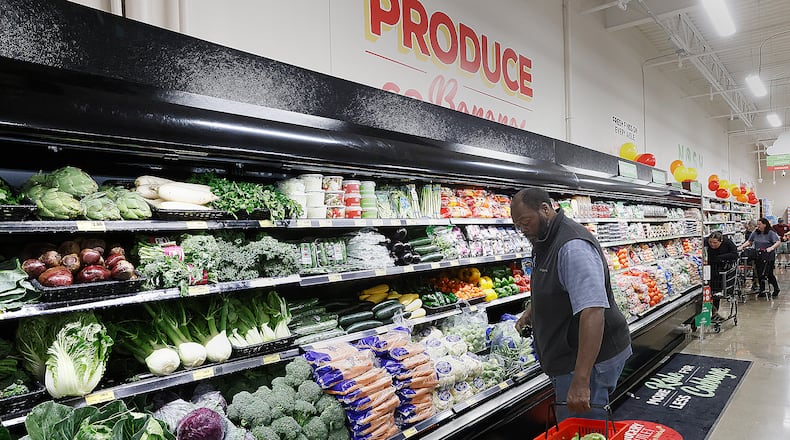One Pan Spaghetti
Makes 10 cups
240 calories per cup
Ingredients:
½ lb. lean ground beef
1 medium onion, chopped
3 ½ cups water
1 can (15 ounces) tomato sauce
2 teaspoons dried oregano
½ teaspoon sugar
½ teaspoon garlic powder
½ teaspoon rosemary
¼ teaspoon black pepper
2 cups (12 ounces) broken spaghetti
1 cup (4 ounces) grated parmesan cheese
Directions:
- Brown meat and onions in a large skillet over medium-high heat. Drain fat.
- Stir in water, tomato sauce and spices. Bring to a boil.
- Add spaghetti, cover pan, and simmer 10-15 minutes, stirring often to prevent sticking.
- When spaghetti is tender, top with grated cheese.
Tips: Try ground turkey or small cooked shrimp for the meat. Try whole-wheat pasta to increase fiber. Use cheddar cheese in place of parmesan.
Chicken Cabbage Stir Fry
Makes 6 cups
100 calories per cup
Ingredients:
3 chicken breast halves, cut into strips
1 teaspoon vegetable oil
3 cups shredded green cabbage
1 tablespoon cornstarch
½ teaspoon ground ginger
¼ teaspoon garlic powder or 1 clove garlic, finely chopped
½ cup water
1 tablespoon low-sodium soy sauce
Directions:
- Heat oil in a skillet over medium-high heat.
- Add chicken strips and stir fry, turning constantly until done.
- Add cabbage and stir until cabbage is crisp tender, about 2 minutes.
- In a small bowl, mix cornstarch and seasonings. Add water and soy sauce; mix until smooth.
- Stir sauce into chicken and cabbage mixture.
- Cook until sauce has thickened, and chicken is coated, about 1 minute.
Tip: Add bell peppers or carrots to stir fry for color.
Bell Pepper Nachos
Makes 8 cups
100 calories per cup
Ingredients:
4 bell peppers
1 cup salsa
1 teaspoon taco seasoning
2 cups cooked beef or chicken
¾ cup shredded or crumbled cheese
Directions:
- Preheat oven to 350 degrees.
- Rinse bell peppers, remove seeds and cut into bite sized pieces. Arrange pieces close together in a single layer on a large foil-lined baking sheet.
- In a medium bowl, combine salsa, seasonings, and meat. Spoon the mixture evenly over pepper pieces. Top with cheese.
- Bake for 15 minutes, or until peppers are heated through and cheese is melted. Serve warm.
Tips: Top with green onions or black olives. Try adding cilantro on top for more flavor.
Interested in free nutrition education lessons from OSU Extension Expanded Food and Nutrition Education Program (EFNEP)? Contact Nancy Lyons at 937-224-9654 or lyons.489@osu.edu.
About the Author
